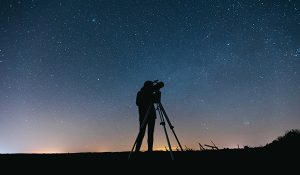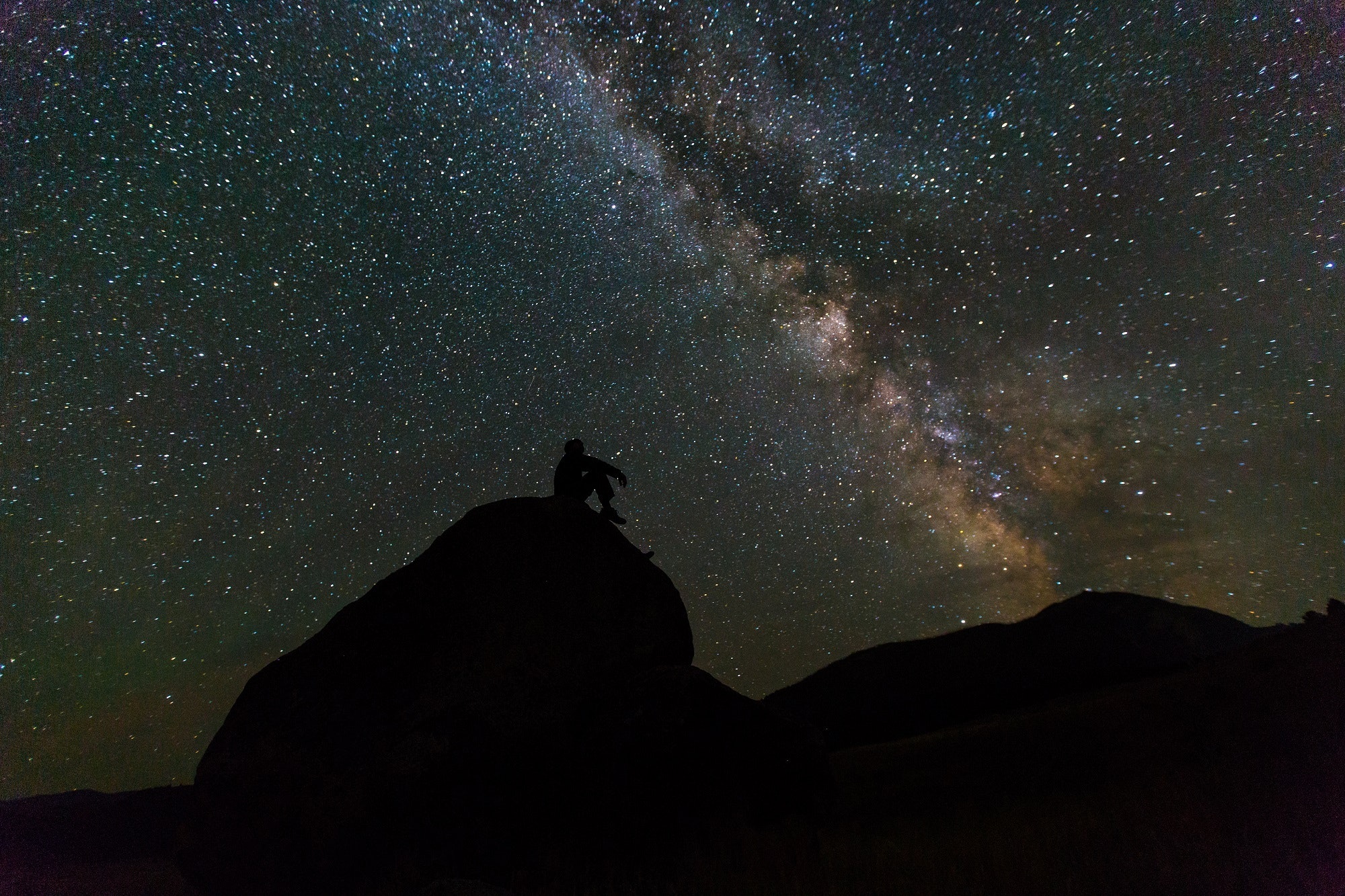Observing the night sky is the main activity of a professional or amateur astronomer. Although modern astronomy contemplates many other types of observations (e.g. solar) and through technologies that go beyond the optical range (e.g. radio telescopes, infrared range, etc.), this science will continue to be defined by exploring all the objects and phenomena that occur In the universe. For a  amateur, astronomical observation can be restricted to the most common element, which is whether or not to own an optical instrument.
amateur, astronomical observation can be restricted to the most common element, which is whether or not to own an optical instrument.
This section attempts to address everything that refers to observation, whether with the naked eye or supported by instruments, and directed at different objectives, but if you do not know the basic concepts or notions of celestial orientation, I recommend you visit position astronomy, as well as my observations, where I summarize the main activities I do, my equipment, etc.
What can I know about astronomy just by observing?

Observation is a very satisfactory practice, since it not only allows us to contemplate the wonders of the sky, but also to deduce, from constant and patient monitoring, many phenomena that encompass the nature of the Solar System, planetary movements and the position of the Earth. in the space. This type of observation It was practiced by ancient cultures that were dedicated to astronomy (e.g. Greeks, Egyptians, Aztecs, Mayans, etc.), and it is still worth trying today, as it allows you to have greater context and familiarity with the night sky before exploring it with an optical instrument. Keep in mind, however, that They took much longer to discover the same thing as you., so whatever takes you days or weeks, took them months or several years.
This is what is called "astronomy without telescope«, or simply «to the naked eye«. Because visual observation often involves measuring or estimating positional changes in the stars, position astronomy houses a couple of subsections («Astronomy by day" and "Astronomy at night«) which, although related to observation, emphasize the positional component to reach a result. The subsections presented here, instead, emphasize the observational process, related instruments, tricks and observation objectives, such as certain celestial phenomena and constellations.


